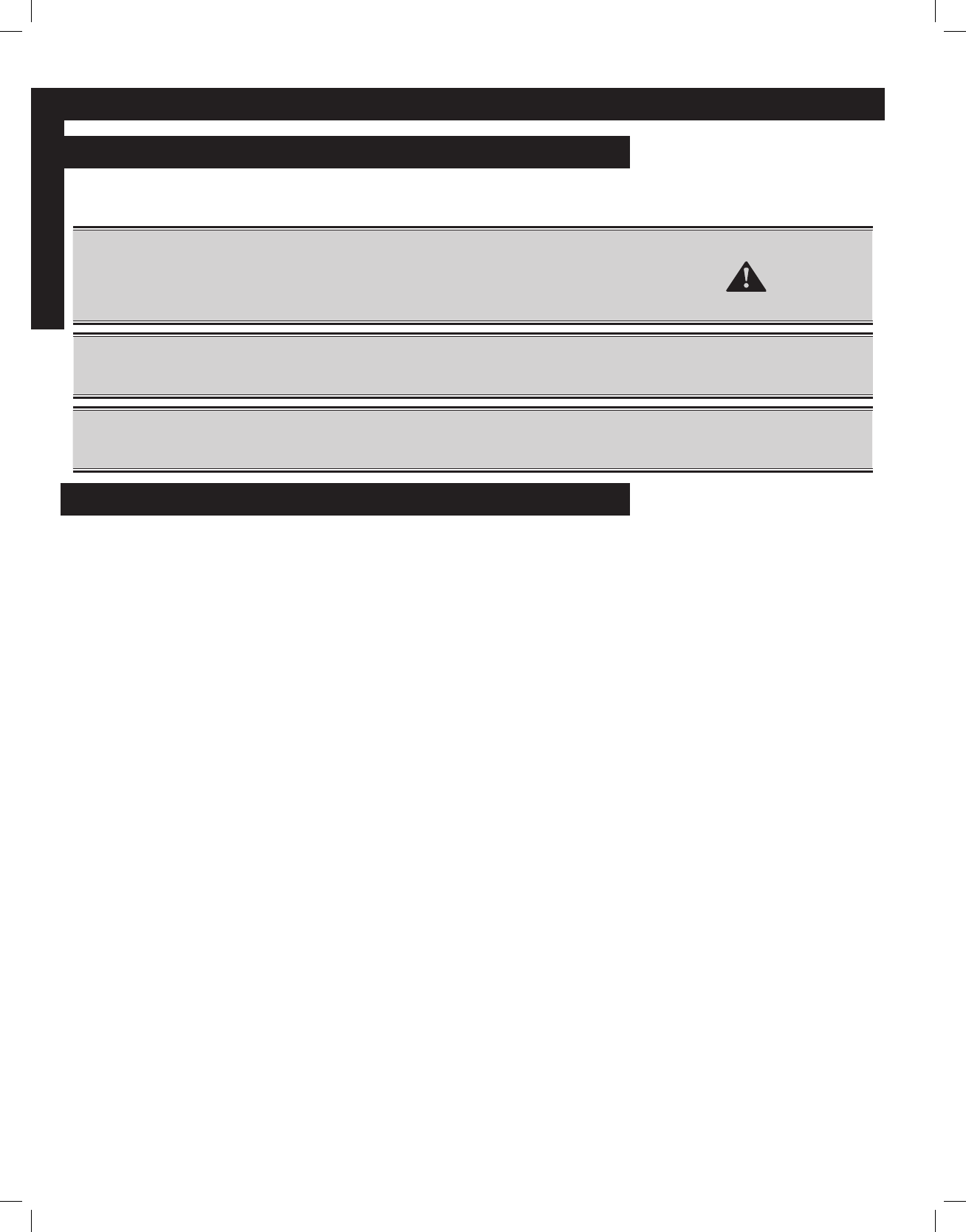Full Product Manual

E6 HCC502A man
ENGLISH
ASSEMBLY
OPERATION
Load your things on the carrier. Then secure the load in place using appropriate tie-
downs, ropes, etc. (not included). Do not exceed the 500 Lbs. maximum weight
capacity. Weight inside the Carrier should be evenly dis¬tributed.
WARNING: The load weight must be centered or evenly distributed across
the Carrier Frame (8). Always use appropriate tie-down restraints to securely
attach any cargo loaded onto the Cargo Carrier before moving your vehicle any
distance. Do not leave loose items on the Carrier Frame (8) while operating the
vehicle.
NOTE: Any load over 320 lb. requires a Class 3 hitch on the vehicle.
(Class 2 Hitch = 350 lb. maximum tongue weight, add Carrier weight of about 30 lb.)
(Class 3 Hitch = 500 lb. maximum tongue weight)
NOTE: Always use Reectors (7). Make certain to use the appropriate red ags
(not included) when moving a load. Check with your local trac enforcement
agency to make certain that you are correctly following all local laws.
MAINTENANCE
Maintain your aluminum cargo carrier. It is recommended that the
general condition of any aluminum cargo carrier be examined before it is used.
Keep your aluminum cargo carrier in good repair by adopting a program of
conscientious repair and maintenance. If any abnormal vibrations or noise
occurs, have the problem corrected before further use. Have necessary
repairs made by qualied service personnel.
○ BEFORE EACH USE, inspect the general condition of the Carrier. Check
misalignment, loose or damaged parts and any other condition that may
aect its safe operation.
○ BEFORE EACH USE, make sure any dirt, debris, oil, grease, etc. are
cleaned o the Carrier. Clean the Carrier with a clean, moist cloth. Do not
use solvents.
○ PERIODICALLY, check all hardware for tightness.










